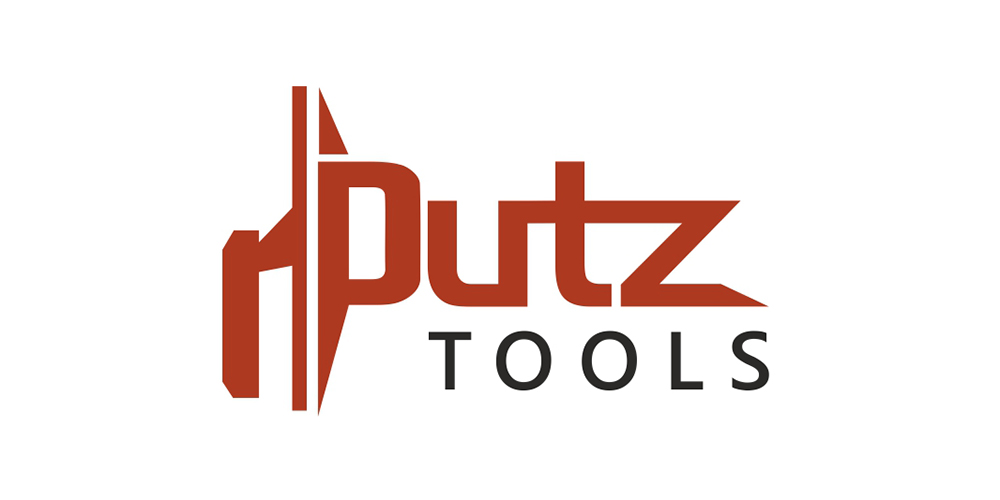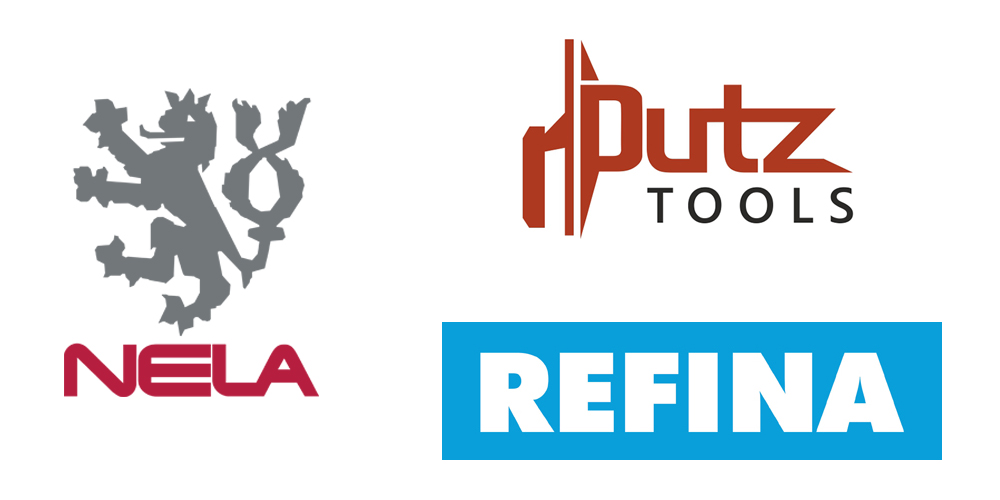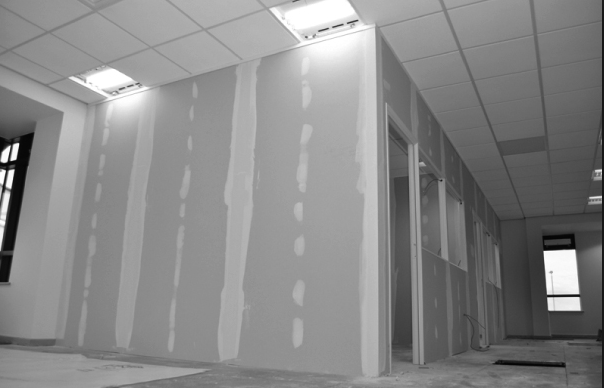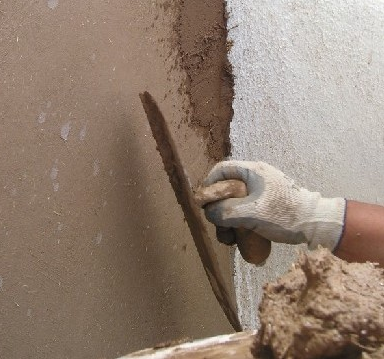A wall is an everyday thing that we don’t normally think twice about when we see it, whether it’s an interior or exterior wall in a shopping centre or in a prestigious gallery. But just imagine how varied and versatile its uses have been over the (literally!) thousands of years it’s been used in civilisations right across the world.
From mud-made walls to the fine art that dryliners, fixers jointers and plasterers now carry out. It’s also easy to forget that plaster and jointing compound in its basic form is a combination of things like sand, rock, cement, lime, and water.
Plaster Has Revolutionised Wall Building
The main point of building a wall right from its earliest days, was to bring windproof, waterproof protection to dwellings so that everyday people could stay safe and dry, whatever the weather. And then of course, over the years building internal walls and ceilings became an art. We’ve seen plaster and jointing compound being used for aesthetic effect to create a look of richness and beauty in the extravagant homes and prestigious buildings such as museums, theatres and palaces.
All those aspects of making a wall remain part of the use and purpose of the material, but time has led to sizeable industry improvements in technology and skill, in keeping with the needs of contemporary life.
So, plaster has been made from all kinds of things over its long history; some of which are cheap and readily available, and others that were more expensive and refined. But let’s concentrate for now on the most popular modern day forms of building a wall… drylining.
These days, gypsum (also known as calcium sulfate dihydrate) has become the main component of drywall compound. It has a crystalline structure that makes it perfect for the job. No fibrous binding material is needed because when gypsum get wet, they bind automatically and naturally. We all love a smooth mix!
Check Out Our Range Of Plastering Materials & Tools
For ease of use, why not try 4T plaster compound that’s ready to use straight out of the box and doesn’t necessarily even need mixing. Something like Wondertex Prem, which is great for filling and finishing. To save even more effort and energy, how about getting a cordless mixer that will do the hard work for you? And you could invest in a DeWalt mixing paddle, which will even save you for bending down – excellent news for your back!
We have all the drywall and plastering supplies you need for any project. Just have a look through our entire range to find the materials and equipment you need for the finish you’re after. If for any reason you can’t find what you need, be sure to give us a call and we’ll try our best to get you exactly what you need!

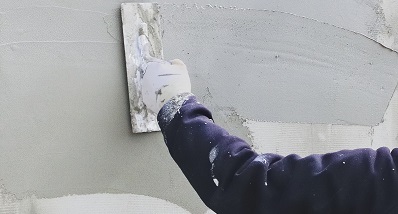
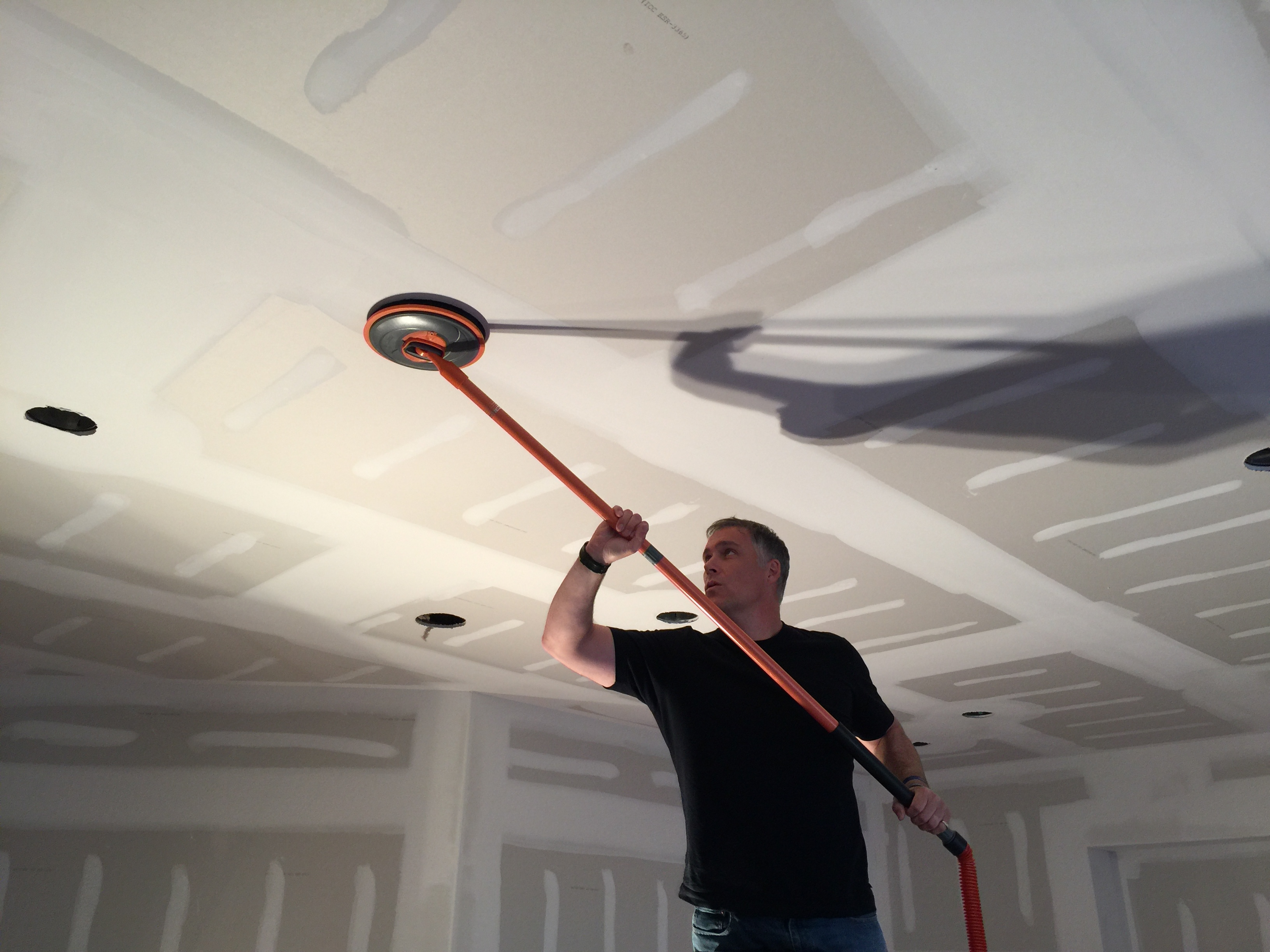
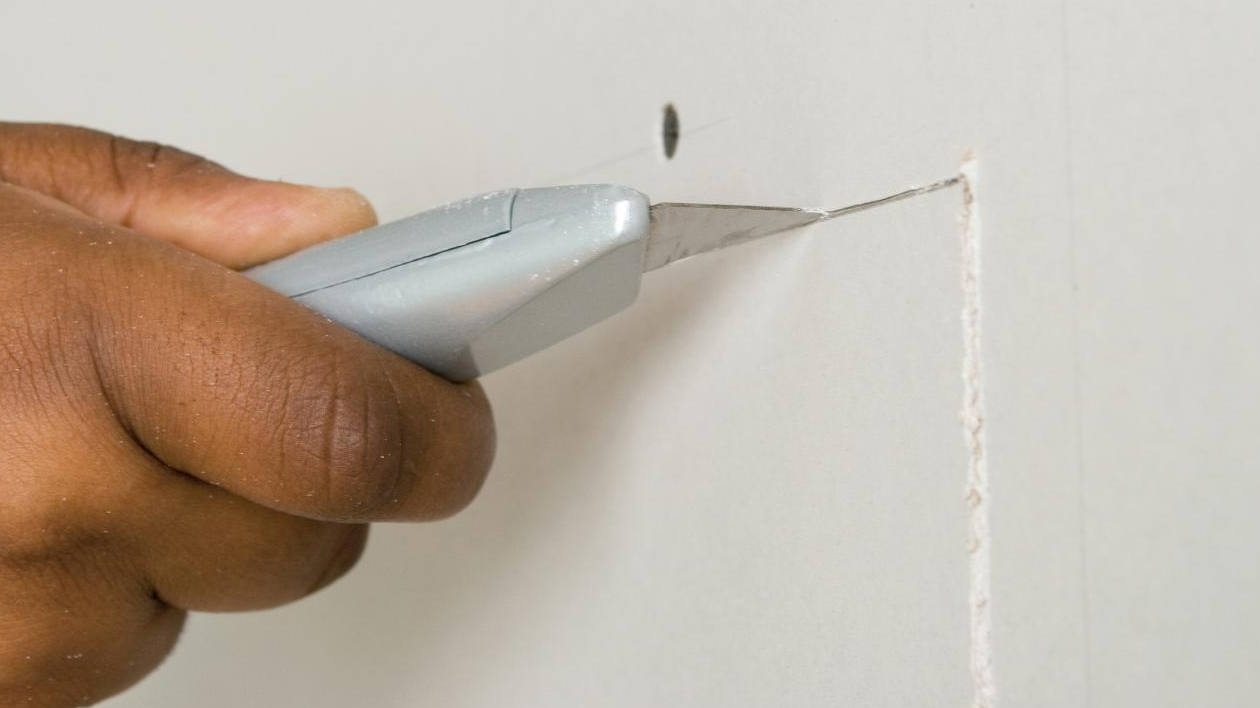





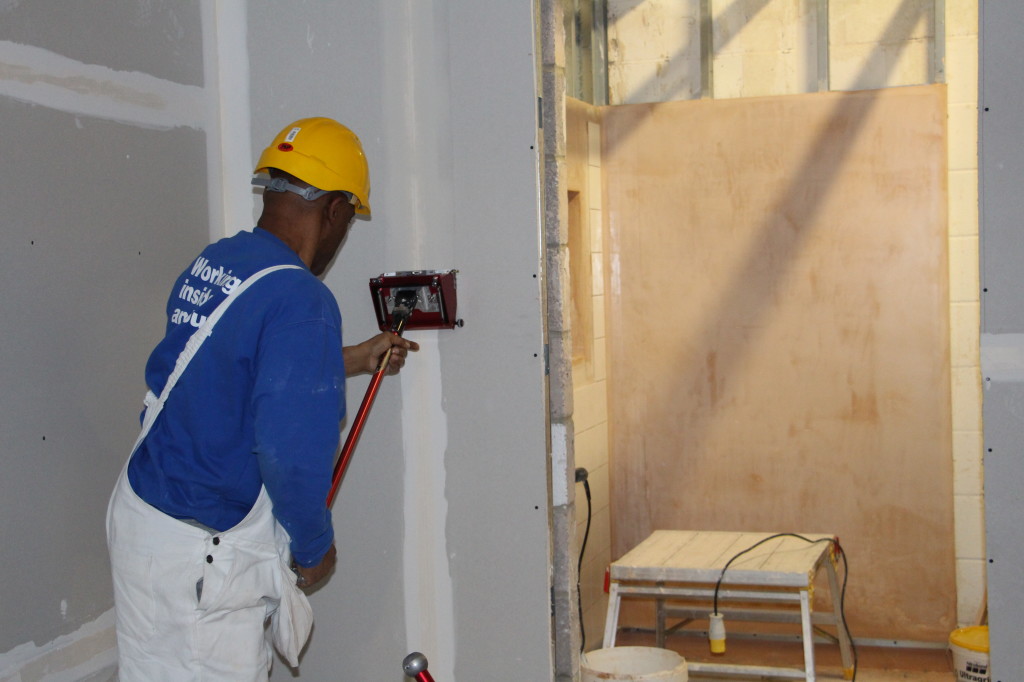
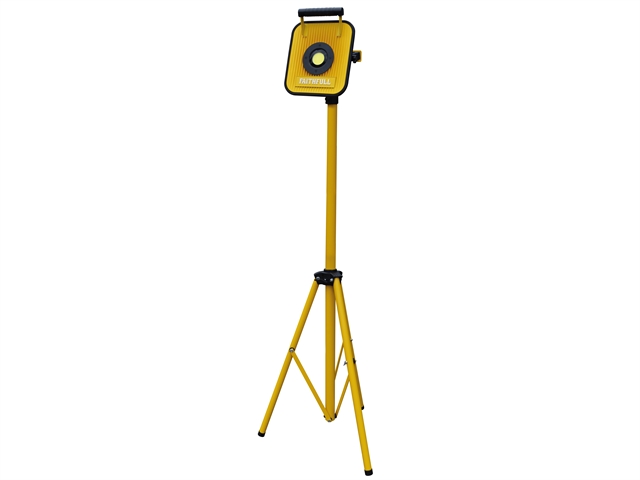
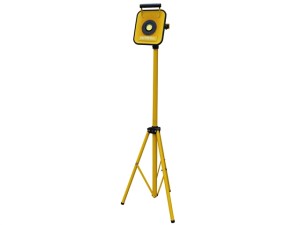 Site lights are an invaluable tool for anyone in the construction trade working on a building site where there’s cluttered or uneven ground and heavy equipment is used. As the days get shorter, the weather murkier and the nights pull in, often people will find themselves working in environments where added and effective lighting is a must. In the same way as they are used on a building site for other workers in the construction trade, site lights for plasterers come in really useful too. After all, when you’re looking for a level 5 finish that’s going to mean no call backs from dissatisfied customers, being able to see what you’re doing really well is a must.
Site lights are an invaluable tool for anyone in the construction trade working on a building site where there’s cluttered or uneven ground and heavy equipment is used. As the days get shorter, the weather murkier and the nights pull in, often people will find themselves working in environments where added and effective lighting is a must. In the same way as they are used on a building site for other workers in the construction trade, site lights for plasterers come in really useful too. After all, when you’re looking for a level 5 finish that’s going to mean no call backs from dissatisfied customers, being able to see what you’re doing really well is a must.